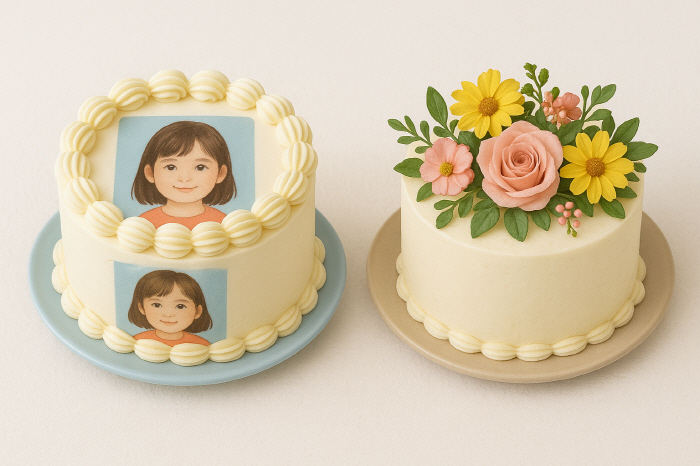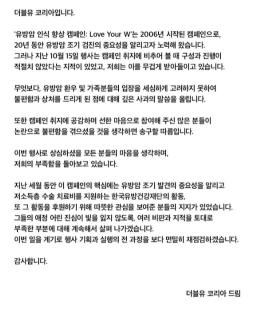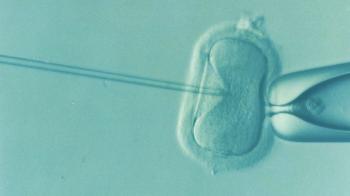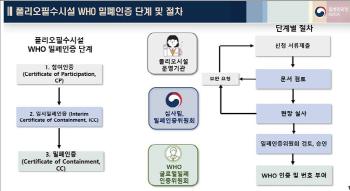Unavailable pigment detected in some photo-print cakes from consumer sources...Fresh flower cake decoration flower care is also needed
May 08, 2025
Recently, personalized customized cakes such as 'photo print' cakes that print photos or phrases and 'real flower decorations·' lettering' cakes are gaining popularity on SNS, and the Korea Consumer Agency has investigated the safety and management status of 15 custom-made cakes advertised on SNS and found that some products need improvement, such as the detection of non-edible pigments.
According to the Korea Consumer Agency, azorubine, a pigment that cannot be used in food, was detected in one of the five photo-print cake products surveyed, and the tar pigment content exceeded the standard of use for one other photo-print cake product.
Azorubin is a red pigment that is not authorized as a food raw material, and it has been reported that hyperactivity may increase if children under the age of 10 are exposed to azorubin mixtures. Tar pigment is synthesized from benzene or naphthalene in coal tar, and the pigment used as a food additive is mainly used in water-soluble acidic tar pigment, which has little to do with taste or nutrition, but it plays a role in inducing food intake by making it look visually good. Red No. 3 is related to thyroid tumor development as a result of mouse experiments, and Red No. 40 is also reported to be related to cancer development in animal experiments, Yellow No. 4 is considered an asthma-inducing substance in the European Union, and Blue No. 1 recommends limiting intake because it can cause excessive activity in children. The U.S. Department of Health and Human Services (HHS) and the Food and Drug Administration (FDA) recently announced the phased exit of petroleum-based synthetic food pigments.
All five types of real flower cakes surveyed were decorated with flowers that could not be eaten directly or attached leaves to the cake. In order to decorate the cake with non-edible flowers, care must be taken not to come into direct contact with the cake by wrapping the stem and leaves of the flower with plastic wrap or foil, but care must be taken because the entire product lacks action, which could lead to contamination of the cake with pesticides used in the flowers. As a result of testing decorative flowers excluding cakes, three residual pesticides were also identified.
On the other hand, none of the 15 products investigated were detected in S.aureus, Salmonella, or E.coli.
Based on the results of the survey, the Korea Consumer Agency recommended manufacturers and sellers of real flowers, photo prints, and lettering cakes to improve the handling method of non-edible decorative flowers and the types and contents of pigments used. It also plans to ask the Ministry of Food and Drug Safety to check the safety of new types of cake products such as real flowers, photo prints, and lettering cakes. In addition, when purchasing a customized cake, consumers should be familiar with counseling, order procedures, and refunds, be sure to check the handling status, such as the type and method of product decoration, and eat the cake as soon as possible.
|
Azorubin is a red pigment that is not authorized as a food raw material, and it has been reported that hyperactivity may increase if children under the age of 10 are exposed to azorubin mixtures. Tar pigment is synthesized from benzene or naphthalene in coal tar, and the pigment used as a food additive is mainly used in water-soluble acidic tar pigment, which has little to do with taste or nutrition, but it plays a role in inducing food intake by making it look visually good. Red No. 3 is related to thyroid tumor development as a result of mouse experiments, and Red No. 40 is also reported to be related to cancer development in animal experiments, Yellow No. 4 is considered an asthma-inducing substance in the European Union, and Blue No. 1 recommends limiting intake because it can cause excessive activity in children. The U.S. Department of Health and Human Services (HHS) and the Food and Drug Administration (FDA) recently announced the phased exit of petroleum-based synthetic food pigments.
All five types of real flower cakes surveyed were decorated with flowers that could not be eaten directly or attached leaves to the cake. In order to decorate the cake with non-edible flowers, care must be taken not to come into direct contact with the cake by wrapping the stem and leaves of the flower with plastic wrap or foil, but care must be taken because the entire product lacks action, which could lead to contamination of the cake with pesticides used in the flowers. As a result of testing decorative flowers excluding cakes, three residual pesticides were also identified.
On the other hand, none of the 15 products investigated were detected in S.aureus, Salmonella, or E.coli.
Based on the results of the survey, the Korea Consumer Agency recommended manufacturers and sellers of real flowers, photo prints, and lettering cakes to improve the handling method of non-edible decorative flowers and the types and contents of pigments used. It also plans to ask the Ministry of Food and Drug Safety to check the safety of new types of cake products such as real flowers, photo prints, and lettering cakes. In addition, when purchasing a customized cake, consumers should be familiar with counseling, order procedures, and refunds, be sure to check the handling status, such as the type and method of product decoration, and eat the cake as soon as possible.
This article was translated by Naver AI translator.














